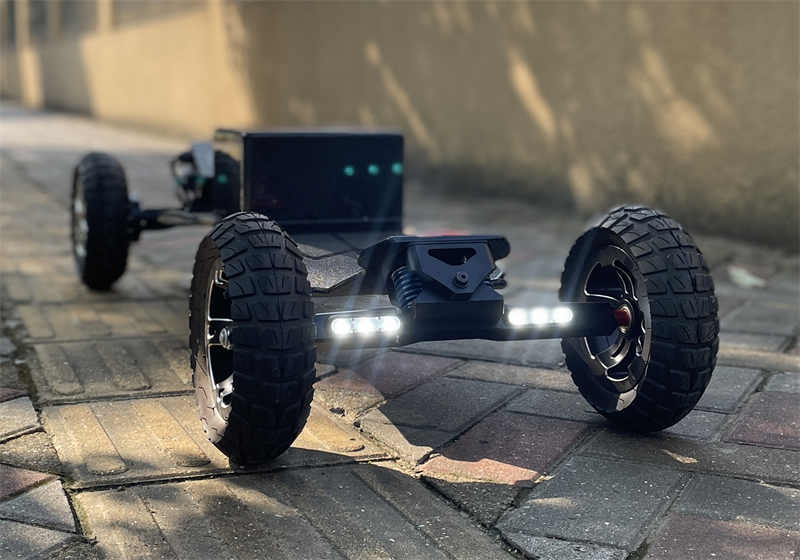Do electric skateboards have brakes
Yes, electric skateboards typically have braking systems to help riders slow down and come to a stop safely. These braking systems are usually integrated into the electric skateboard’s electronic control system and are operated using a handheld remote control.
There are two main types of braking systems found in electric skateboards:
1. **Regenerative Braking:** Many electric skateboards utilize regenerative braking, which works by converting some of the kinetic energy generated during braking back into electrical energy to recharge the battery. This can help extend the skateboard’s range and increase energy efficiency. Regenerative braking is often smooth and gradual, allowing for controlled deceleration.
2. **Mechanical Braking:** Some electric skateboards also feature mechanical braking systems, such as disc brakes or drum brakes, which provide direct frictional force to slow down the skateboard. Mechanical brakes can offer strong and reliable braking performance, especially on steep inclines or in emergency situations.
The braking system on an electric skateboard is typically controlled using the remote control device, allowing the rider to adjust the braking force as needed. It’s important for riders to familiarize themselves with the braking system on their specific electric skateboard and practice using it in a safe environment to become comfortable with its operation. Additionally, wearing appropriate safety gear, such as a helmet and pads, is recommended to reduce the risk of injury while riding and braking.
How do you control an electric skateboard
Controlling an electric skateboard typically involves using a handheld remote control that communicates wirelessly with the skateboard’s onboard electronic speed controller (ESC). The remote usually features a throttle wheel or trigger that allows you to accelerate by pushing it forward and decelerate or brake by pulling it back. Additionally, some remotes may have buttons for changing speed modes, toggling between forward and reverse, or activating other features like cruise control. By adjusting the throttle input and using your body weight to steer, you can effectively control the speed and direction of the electric skateboard.





